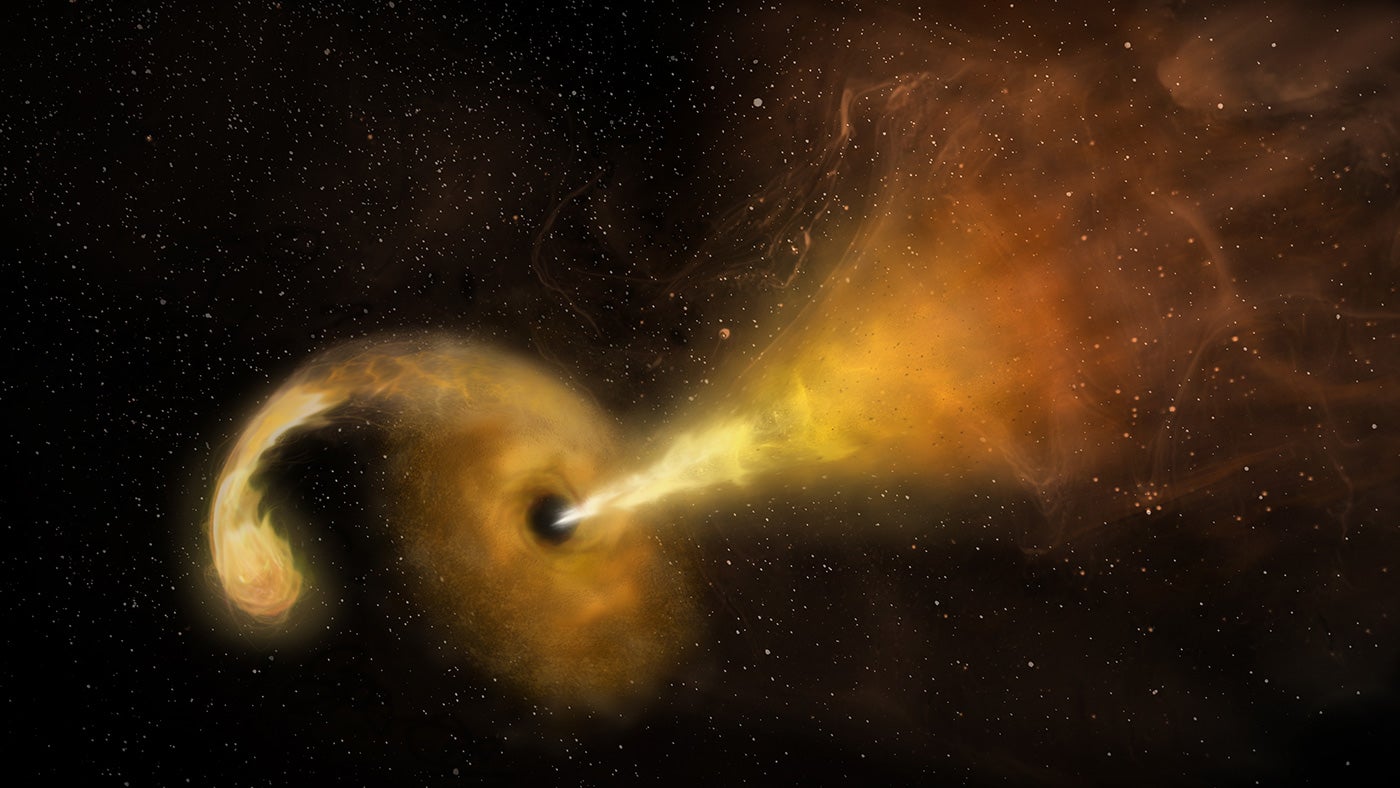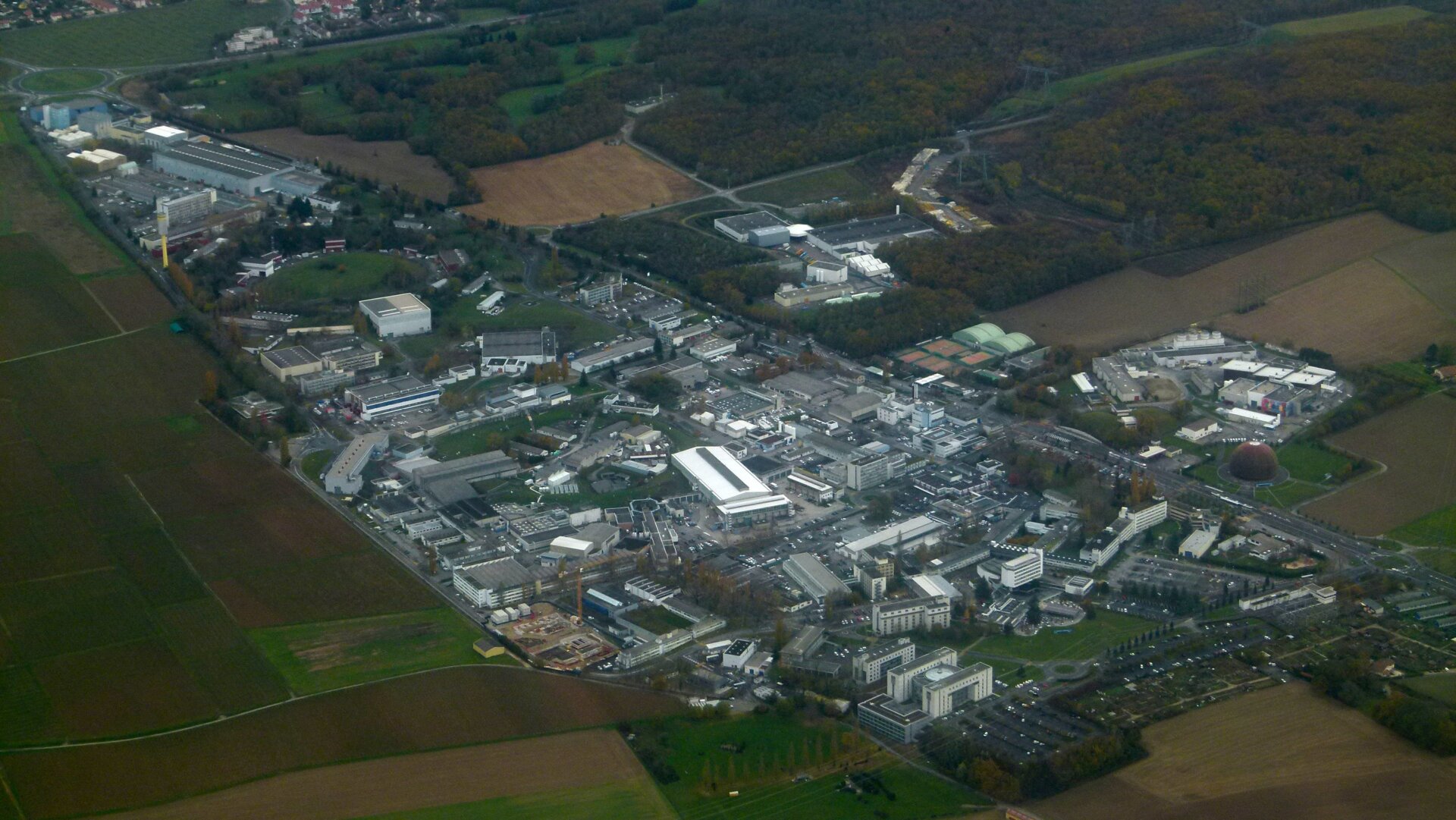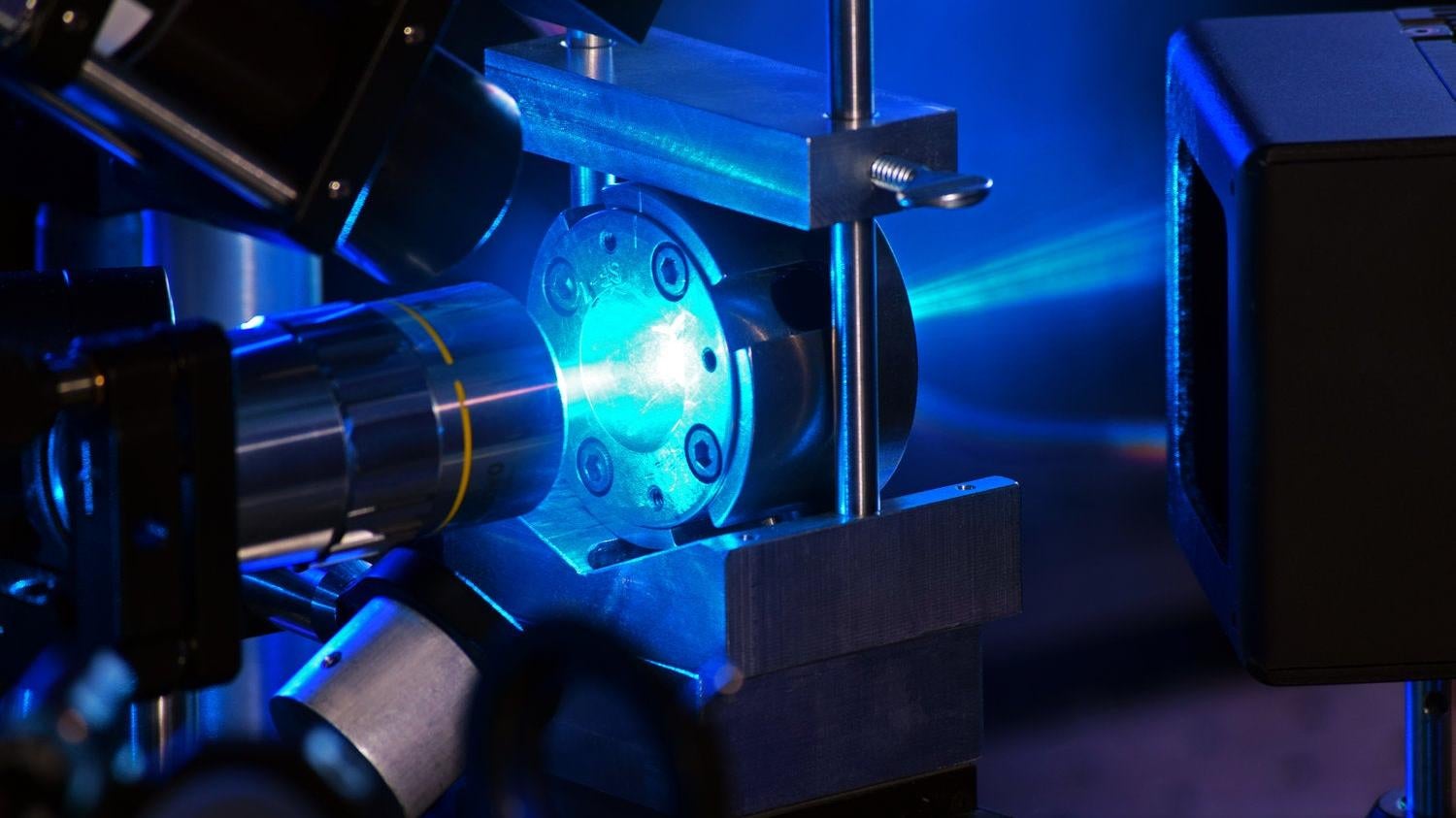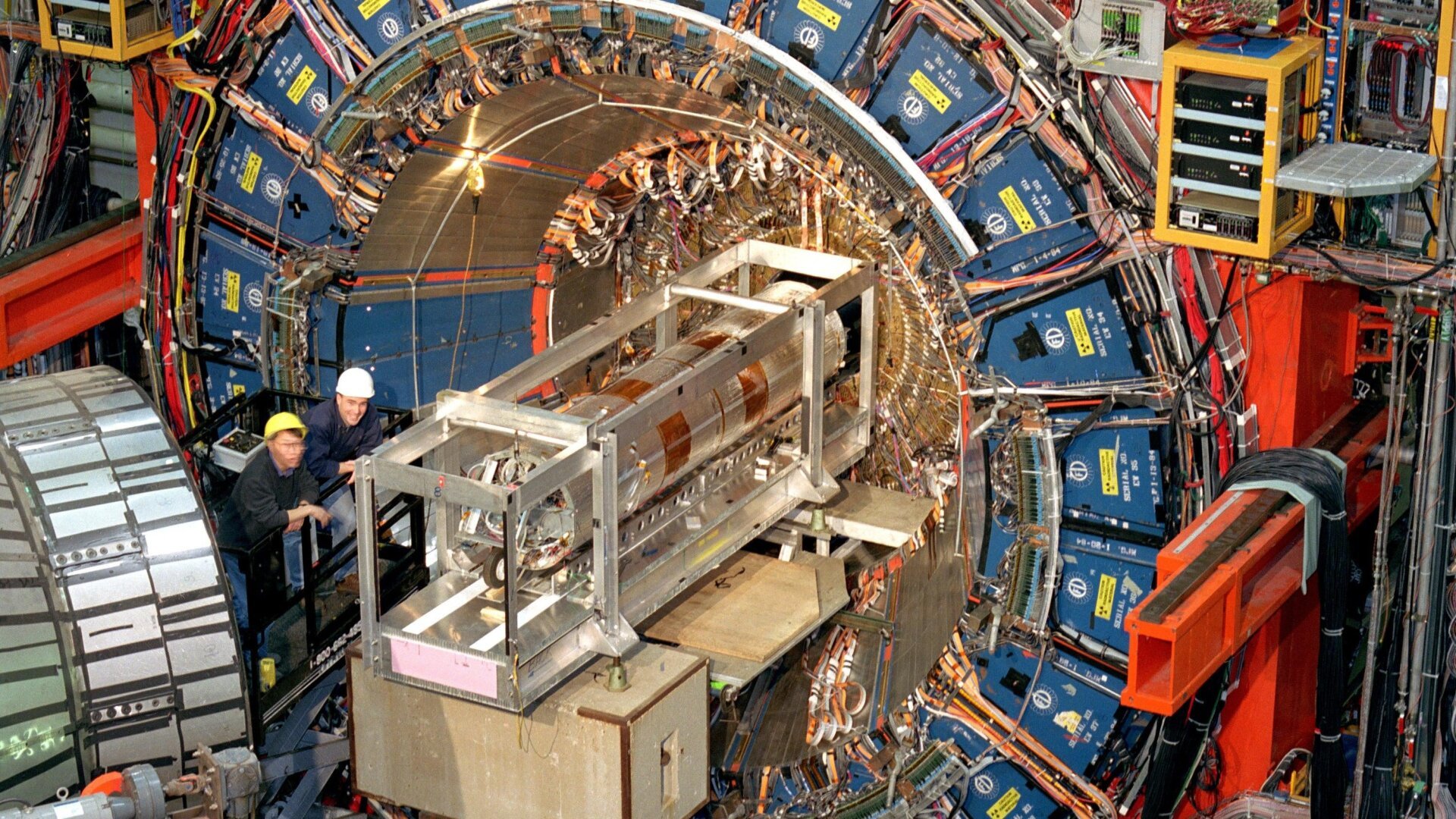A recent study estimates a staggering 40 quintillion stellar-mass black holes populate the observable universe, comprising approximately 1% of all ordinary matter. This groundbreaking research, published in the Astrophysical Journal Letters, sheds light on the prevalence of these celestial objects and may offer clues to the formation of supermassive black holes.
Black holes, once purely theoretical, are regions of spacetime with such intense gravity that nothing, not even light, can escape. While astronomers have identified black holes at the centers of galaxies, including our Milky Way, quantifying their total number across the vast observable universe has remained a challenge.
This new study tackles this cosmic census by combining a novel star evolution code called SEVN with extensive galactic data, encompassing metallicity, star formation rates, and stellar sizes. This approach allows researchers to model the evolution of stars and the subsequent formation of black holes over cosmic history.
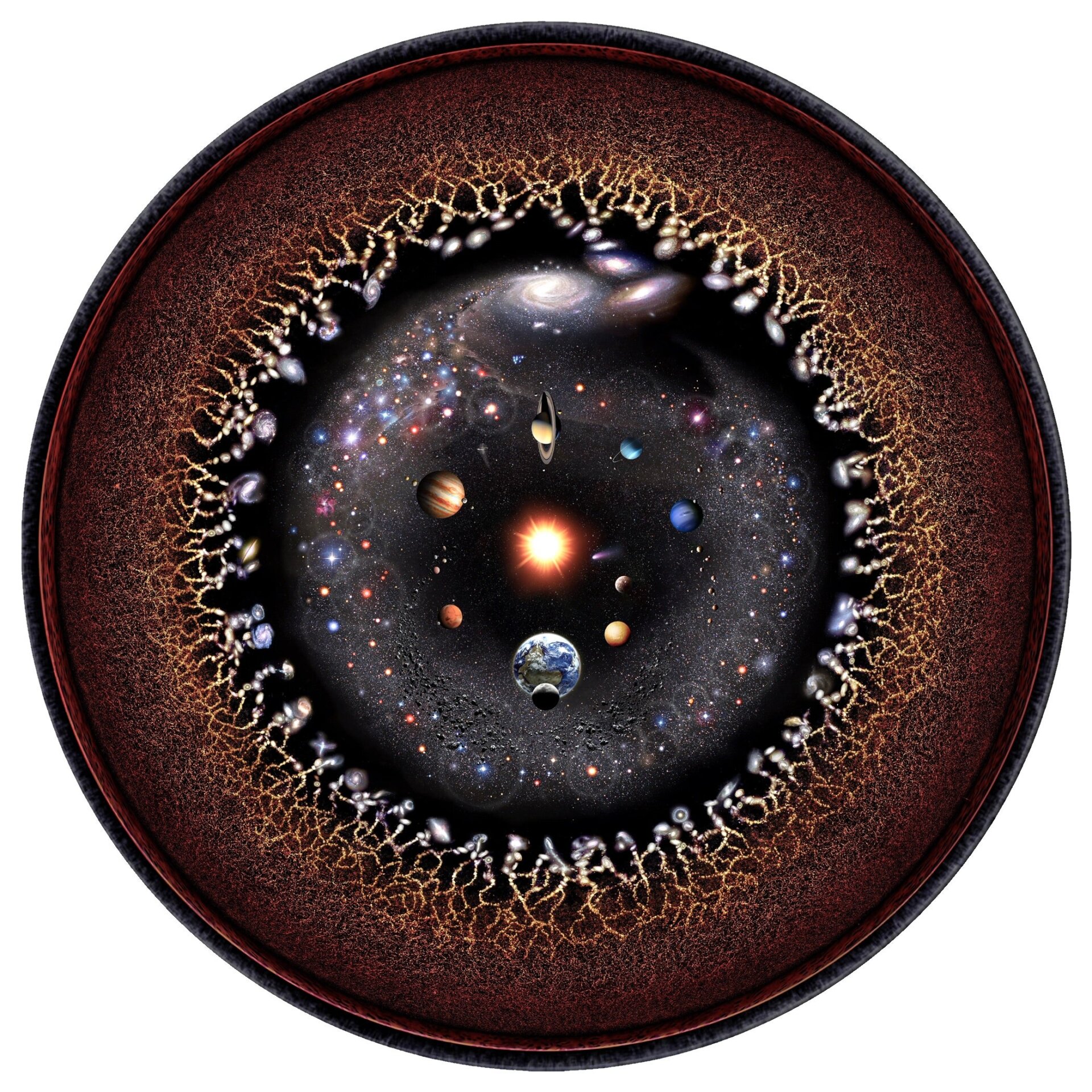 An illustration of the observable universe, with the Sun at center, and the cosmic microwave background surrounding it.The observable universe, with the Sun at the center and the cosmic microwave background at the edge.
An illustration of the observable universe, with the Sun at center, and the cosmic microwave background surrounding it.The observable universe, with the Sun at the center and the cosmic microwave background at the edge.
“The innovative aspect of this work lies in combining a detailed model of stellar and binary evolution with advanced methods for star formation and metal enrichment in individual galaxies,” explains Alex Sicilia, lead author and astrophysicist at SISSA in Italy. This method represents a robust ab initio computation of the stellar black hole mass function throughout cosmic time.
This research forms the foundation for a series of studies aiming to model black hole masses across the entire spectrum, from stellar-mass to supermassive black holes. Stellar-mass black holes, the smallest known type, typically range from a few to a few hundred times the mass of our Sun.
While the formation of stellar-mass black holes is understood to result from the collapse of massive stars, the origin of supermassive black holes remains an open question. Lumen Boco, co-author and astrophysicist at SISSA, suggests this research provides a starting point for investigating the formation of “heavy seeds,” which could lead to the emergence of supermassive black holes. This will be the focus of their upcoming research.
It’s important to note this study doesn’t consider primordial black holes, hypothetical remnants from the early universe, which are theorized to be significantly smaller than any observed black holes. While their existence remains unconfirmed, some propose they could contribute to dark matter.
This new understanding of the abundance of stellar-mass black holes offers valuable insight into the composition and evolution of the universe, paving the way for further exploration into the mysteries surrounding black hole formation and their role in cosmic history.



